Heritage Aljezur
The story is told of Aljezur for its heritage, its people, its traditions. A Muslim past that turned into a multicultural present. This trend is observed in the ruins, churches and monuments present in Aljezur.
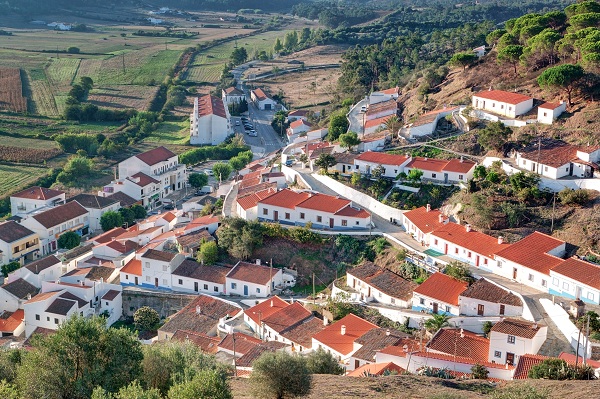
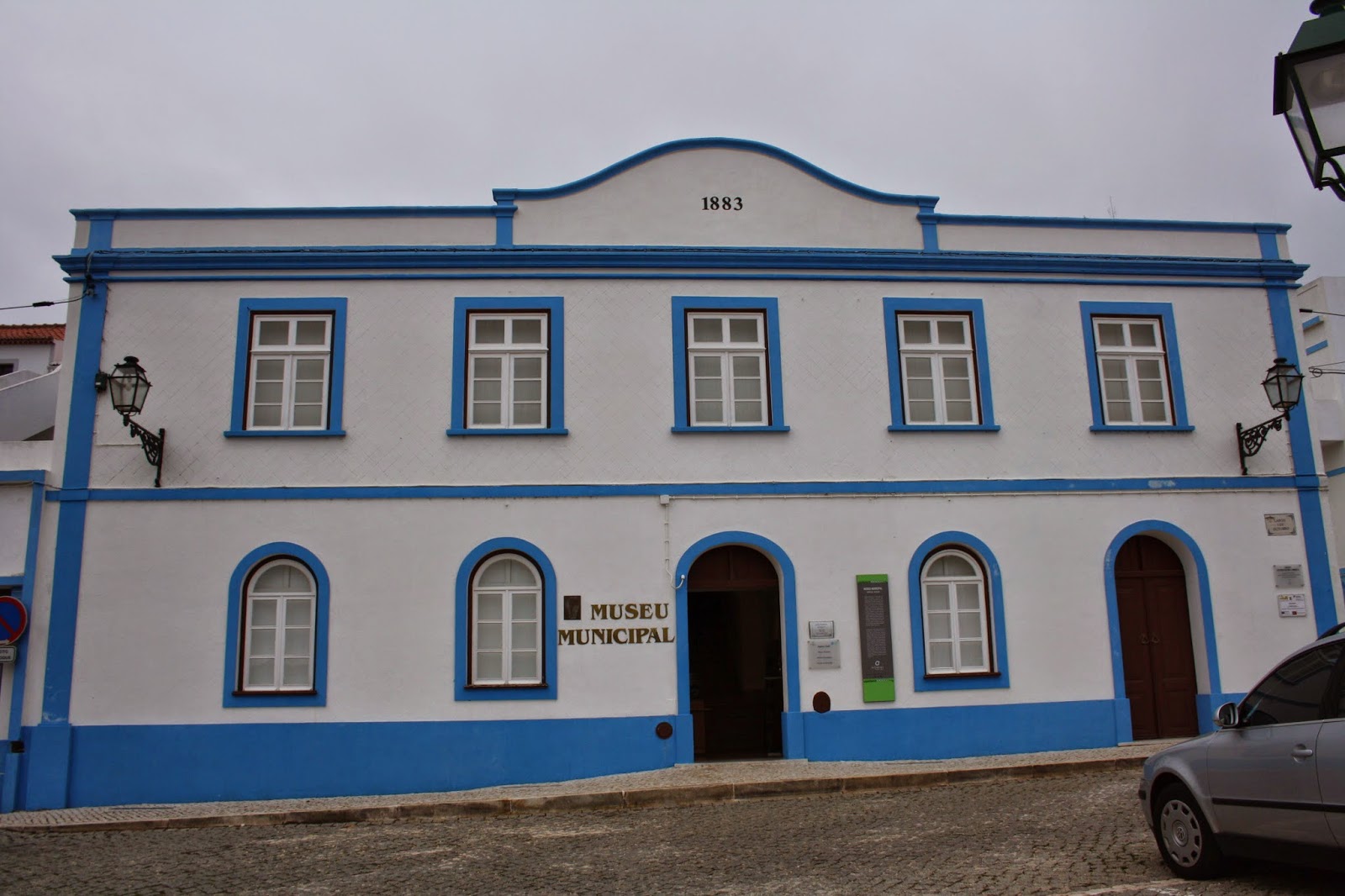
Municipal Museum of Aljezur – This consists of two small museums and an art gallery. Presenting important archaeological remains of Mirense periods, the end of the Age glacial to 7000 years BC, Late Neolithic / Chalcolithic of 3000-2500 years. C., and the Bronze Age between 1200 and 900/800 BC, with interesting set of Muslim ceramics from the Aljezur Castle, which also highlights the Arms stone with the coat of the Order of Santiago, which is judged from the ancient Church of Aljezur, destroyed by the earthquake of 1755. the core of ethnography features a bedroom and a traditional kitchen also has a large space with a valuable collection, which contains parts of Aljezurense ethnography as the plow, the cart, plows, and various tools used in the daily struggle of traditional activities.
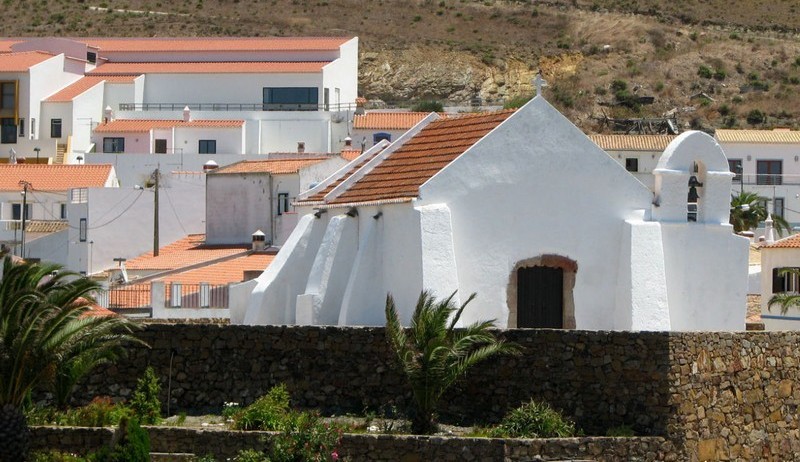
Carrapateira Fortress and Church – in the village of Carrapateira, this date of 1673, to defend the coast against the Moroccan corsairs and involves the church to existing data in that place, dedicated to Our Lady of Conception, being in the highest part, and to the west a flat zone in which could see the sea and the village developed to the east and south, was the best served to come up in 1673 to build the Fortress of Carrapateira by Nuno da Cunha de Athayde, Pontevel Count and Governor of the Kingdom. It involved so this fortress, the temple existing.
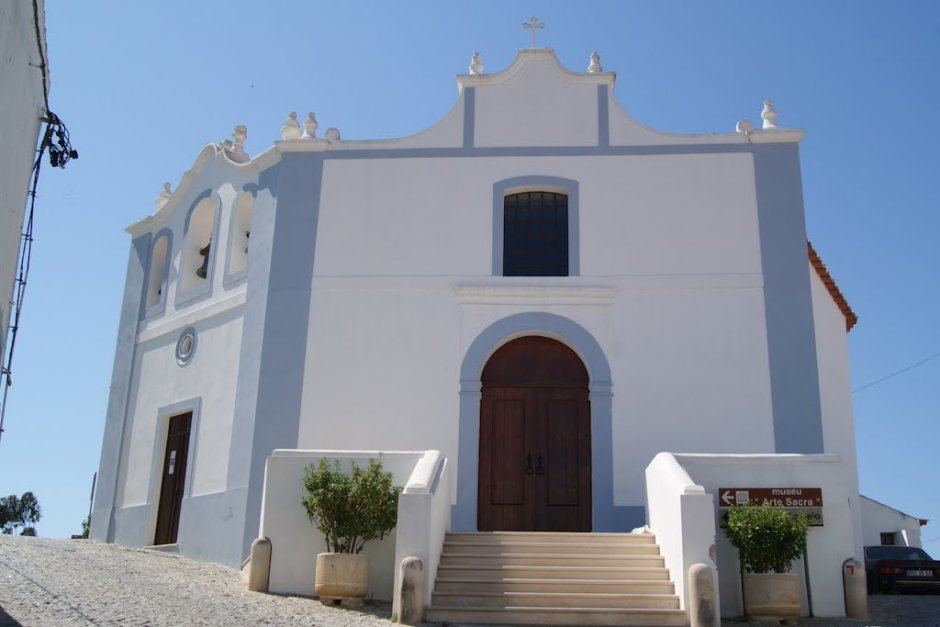
Misericordia Church Aljezur – built in the sixteenth century, it is heavily damaged by the 1755 earthquake and was later rebuilt in the eighteenth century. This has a simple Renaissance portal, bearing the date 1577. And the property of Santa Casa da Misericordia de Aljezur, its interior is also of great simplicity, with a single nave and a small and simple triumphal arch (Renaissance).
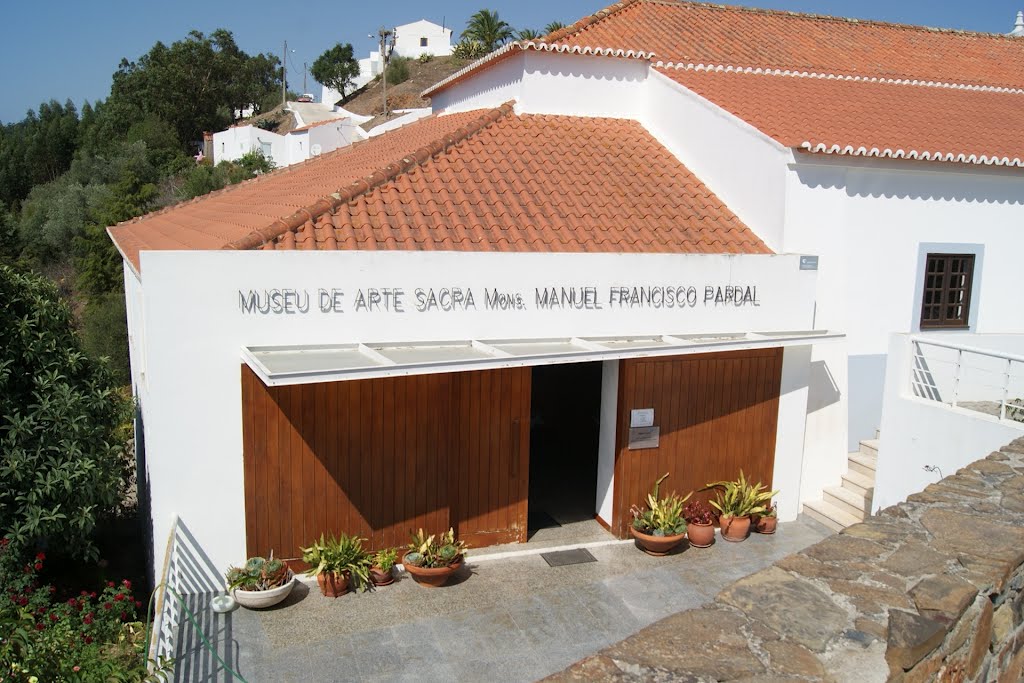
Museum of Sacred Art Monsignor Manuel Francisco Pardal – being attached to the Church of Mercy, it is a religious-themed museum with the spoils of Mercy of Aljezur, the Parish of Our Lady of Alva and some offers and acquisitions. Its patron is the renowned Aljezurense Monsignor Canon Manuel Francisco Pardal. The pieces are distributed seven windows according to the Liturgical Time of the Catholic Church: Advent, Christmas, Ordinary Time, Lent and Holy Week, Easter, Pentecost and Ordinary Time. Highlight is the first showcase that contains personal objects and others, for the patron of this museum.
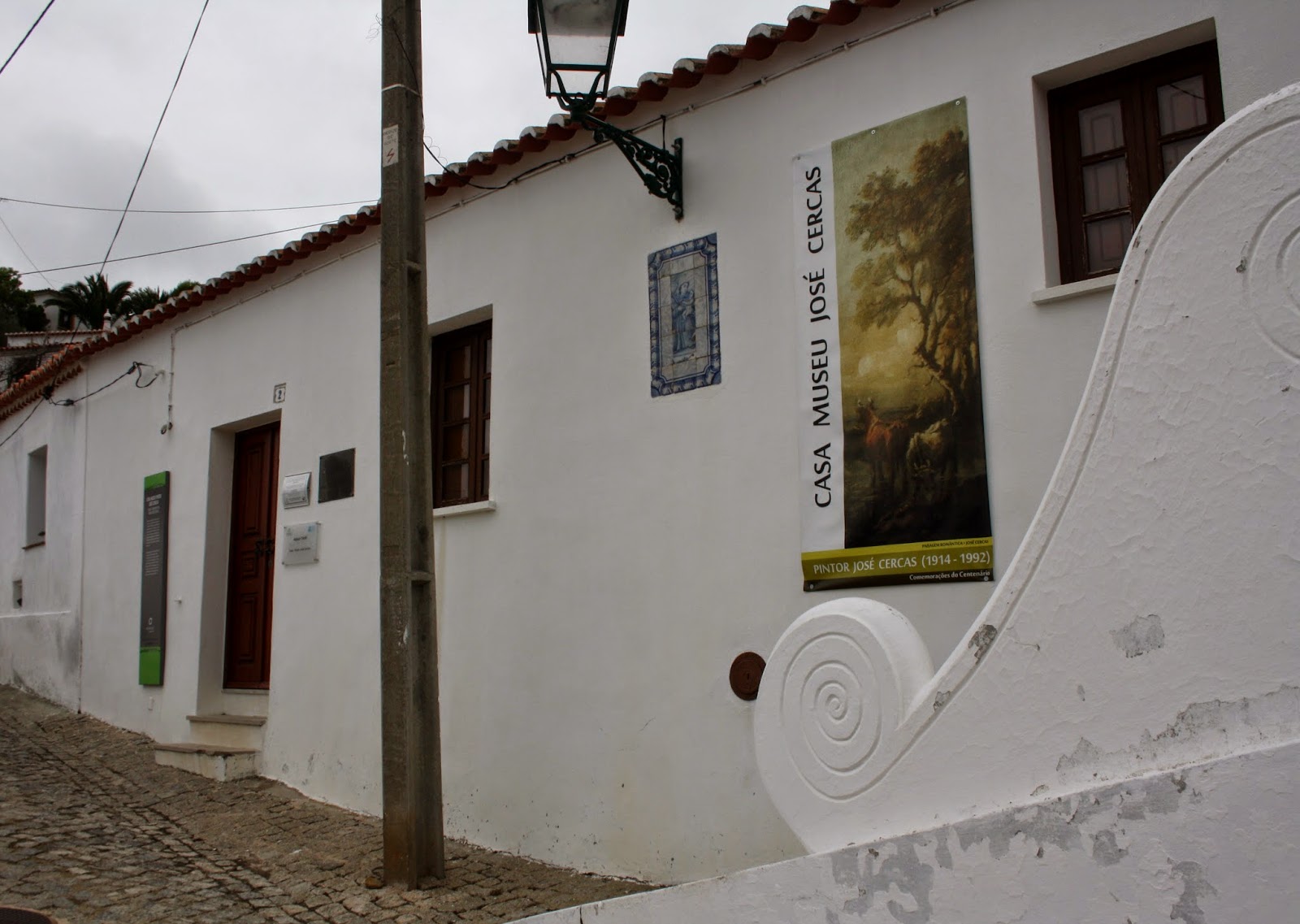
Museum Painter José Cercas – the collection of the painter’s house José Cercas born in 1914 and died in 1992 natural Aljezur, contained pieces of national and international dishes, pottery, sculptures, sacred art, valuable furniture from various eras, paintings and drawings of his own and other paintings national artists.
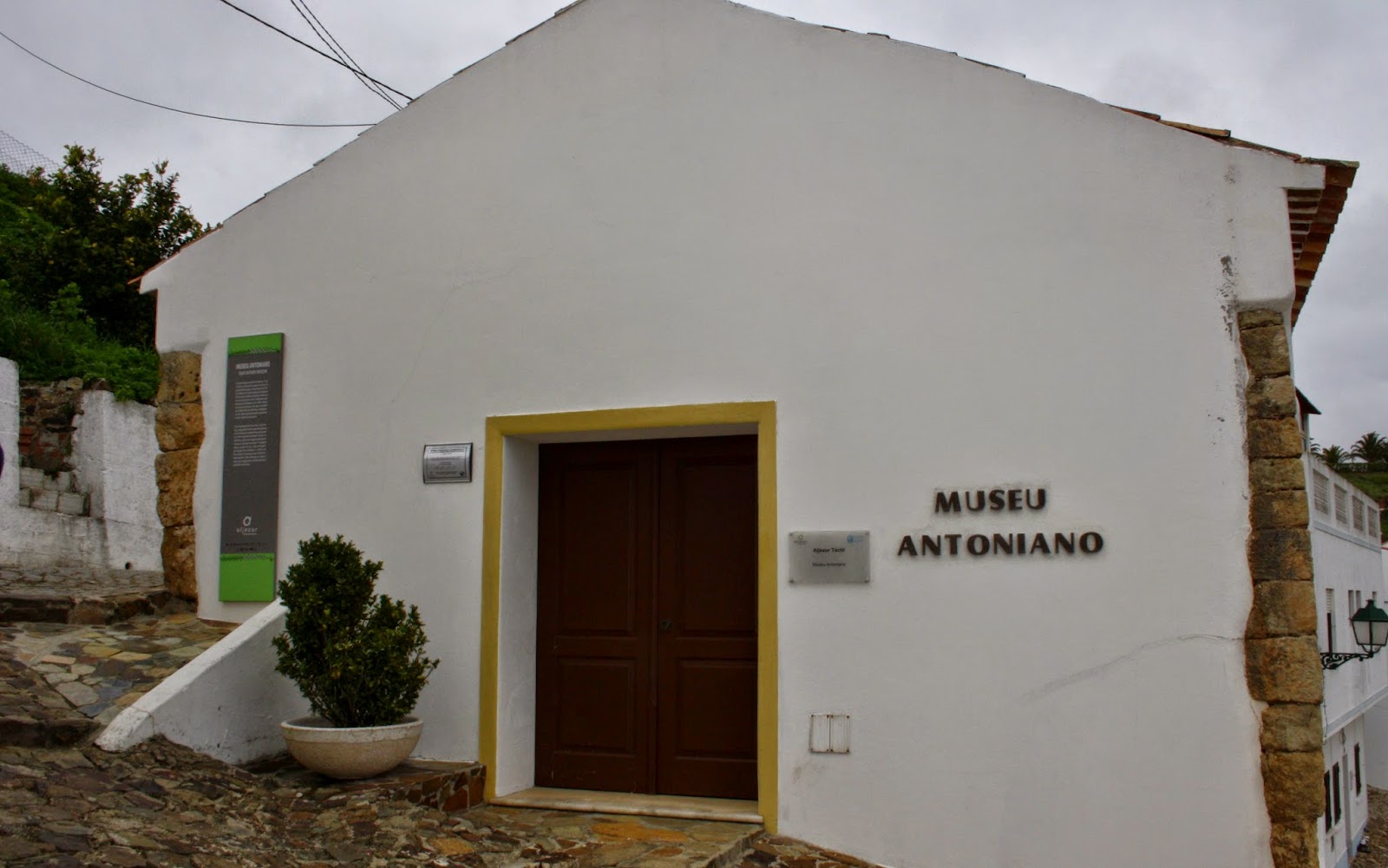
Antonian Museum – previously as St. Anthony’s Chapel Aljezur, construction of the seventeenth century, after passing 1809 to serve as a housing, having been in 1998, here installed an allusive museum to St. Anthony. This has different times of holy images, paintings, antique prints, books, coins and medals, prints and other curiosities about the topic.
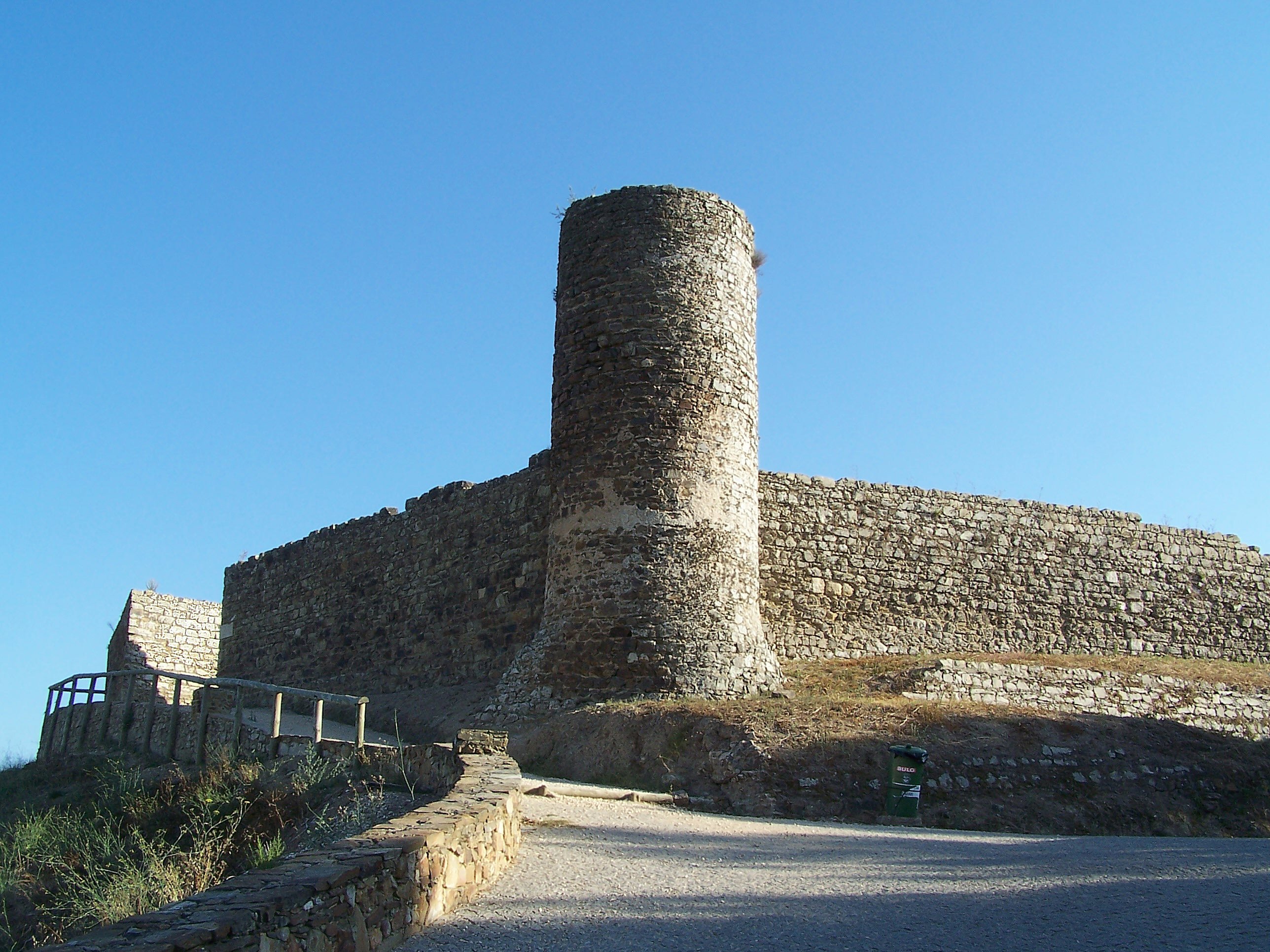
Aljezur Castle – a National Monument erected by the Arabs in the tenth century and taken from the Moors in the thirteenth century, was the last castle to be conquered in the Algarve. Although in poor condition, maintains its about the fourteenth century walls and two towers. In this place you can enjoy is a magnificent panoramic view from the source of the vast floodplain Aljezur and the New Church area to the west of the Valley Sancho, once was cultivated rice.
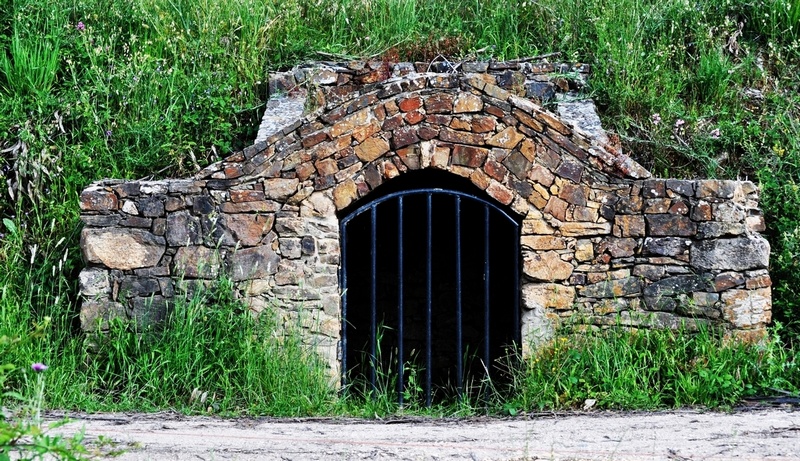
Fountain of Lies – along the path at the base of the west buttress of the castle hill, poetically it is a place of archaeological and historical context and the subject of various legends. It is the source, they argue, through an underground passage communicates with the castle and there is hidden a beautiful Moorish, loved by a Christian, when the conquest of the village.
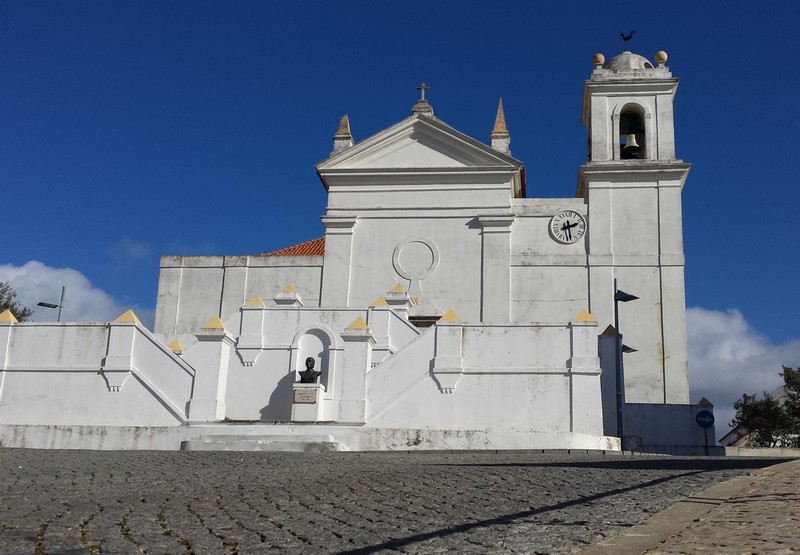
Church of Nossa Senhora da Alva or New Church – in the urban area of Aljezur called New Church, it was erected in the late eighteenth century. Inside are three naves with the altarpiece of the main chapel in neoclassical carving, bearing the statue of the Virgin of Aljezur, Our Lady of Alva.
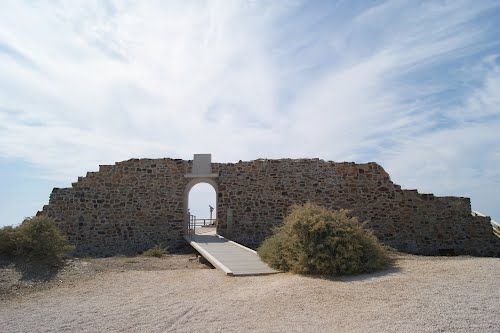
Ruins of the Fortress of Arrifana – built in the reign of Philip III, this was aimed at the defense of the fishermen who were fishing on the beach of Arrifana. Over the years, this fort was progressively destroyed, mainly due to the action of time and of the sea in spring tides. In 1670, it was rebuilt and in 1755 was hit by the great earthquake, getting deeply damaged. An authentic natural viewpoint, here you can enjoy one of the most beautiful panoramic views of the Costa Vicentina.
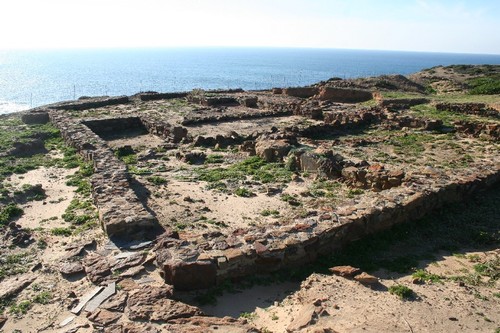
Rîbat of Arrifana – near the Telha Valley, this monastery-fortress was founded by the Sufi master Ibn QASI, about 1130, and erected at Ponta da Atalaia, who served during the long Arab occupation as a mix of religious and military center. Archaeological excavations carried out have revealed a number of mosques and oratories of different constitutions and dimensions, still continuing the work by teams of archaeologists. This is what remains of one of the largest ribats ever found in the Iberian Peninsula. It is in particular and extremely well-maintained spaces devoted to prayers to Allah, facing Mecca.
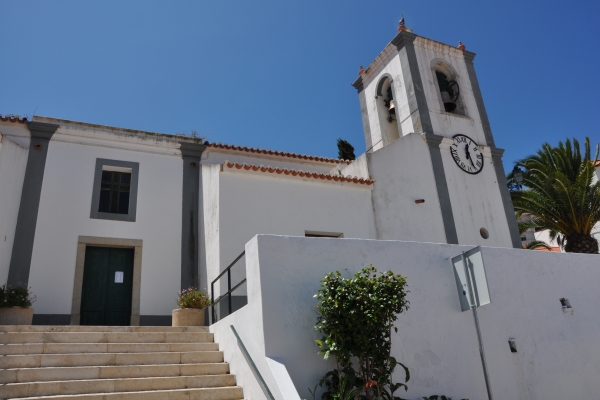
Parish Church of Odeceixe – built in the nineteenth century it was inaugurated in 1880, and its patron saint Our Lady of Mercy, which belonged to the patronage of the Order of Santiago. Its architecture is of great simplicity, especially in the interior, a balanced triumphal arch Manueline style. Chapel in neoclassical style.
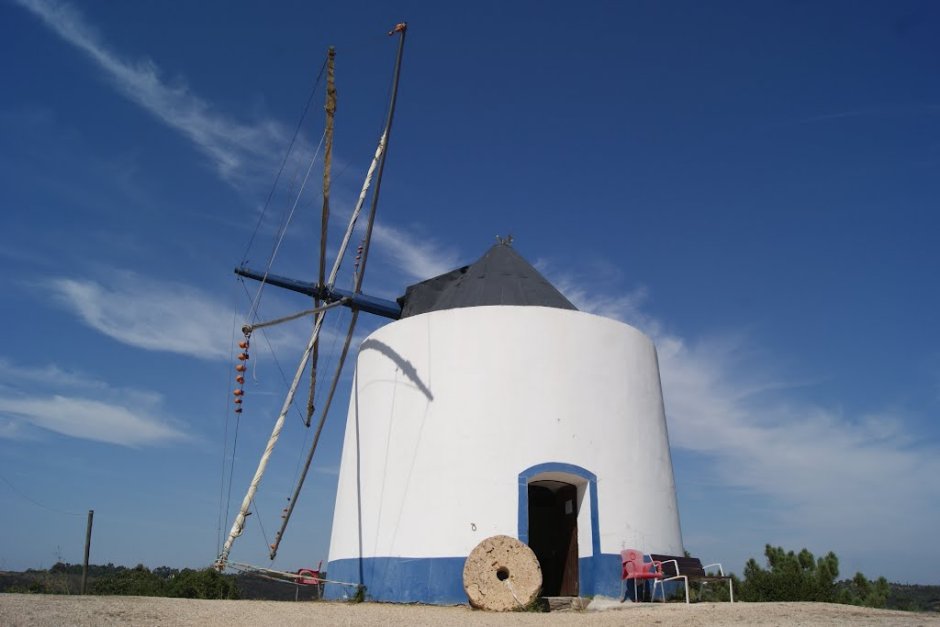
Odeceixe Wind mill – Odeceixe at the top of the village, this is in full operation, and can be observed throughout the craft process of milling grain, where the miller watch the wind direction and dominates all implied tasks in milling. Also this place you can enjoy a magnificent view over the white houses of the village, over the valley and the meandering river Seixe.
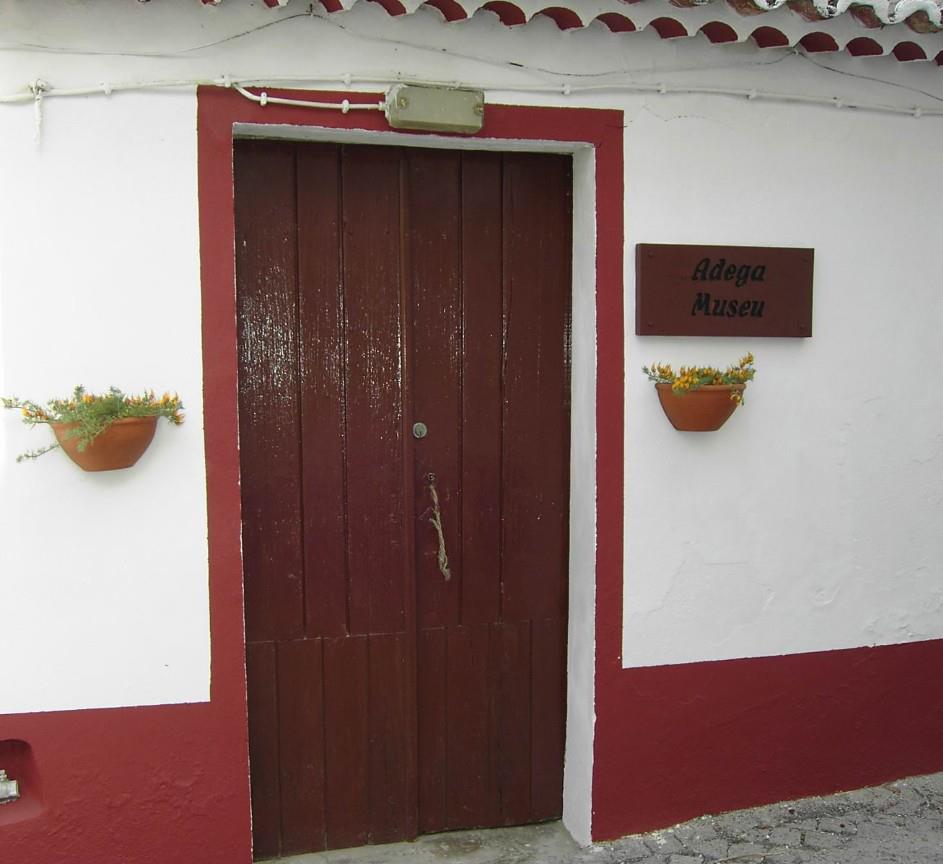
Odeceixe Cellar-Museum – a museum center that aims to recreate a cellar space, as once there were several in the area, especially between the decades of twenty-forties of the twentieth century. This house played to its owner a social function, inviting friends to the “proof of wine” and the “Petisqueira” as it could finalize a “deal” or offer “Adiafa”, a meal or meals provided to employees the completion of an agricultural task or a building. In his estate can be observed sufficient tools to perform the activity.
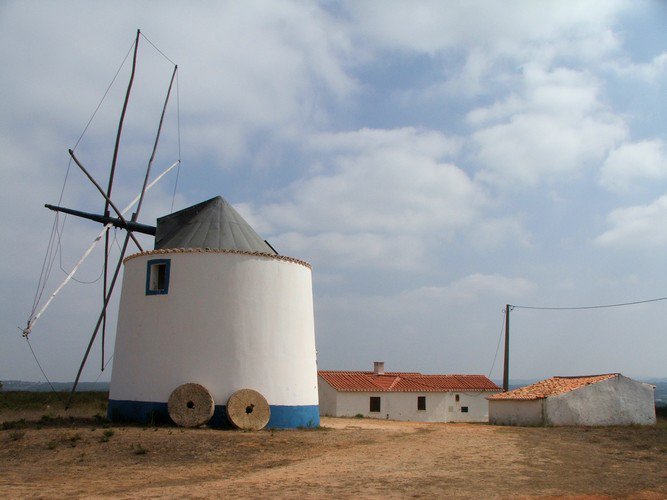
Arregata Mill – a few meters from Rogil, is this mill also being possible to observe the mills and craft utensils grain mill.
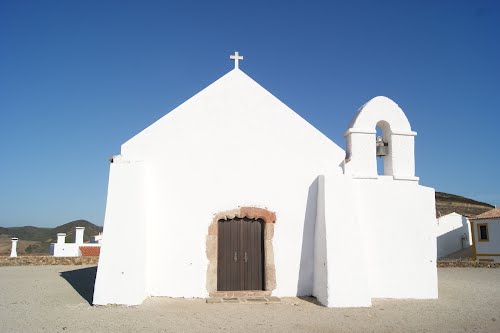
Parish Church of Bordeira – um templo erguido anteriormente ao terramoto de 1755 e apresenta uma arquitetura bastante simples. Contudo, o seu interior, de uma só nave, é de um enorme contraste com o exterior. O arco triunfal, o altar-mor e os colaterais apresentam-se em talha barroca, com motivos genuinamente algarvias, como os figos, que proliferam por toda a província. A sua padroeira é a Nossa Senhora da Encarnação. Na frontaria principal da igreja da Bordeira existe um pórtico de cantaria em estilo manuelino, que dá acesso ao antigo cemitério, anexo à igreja. Admite-se, contudo, que não foi executado para este fim, considerando-se o seu posterior reaproveitamento para aquela entrada.
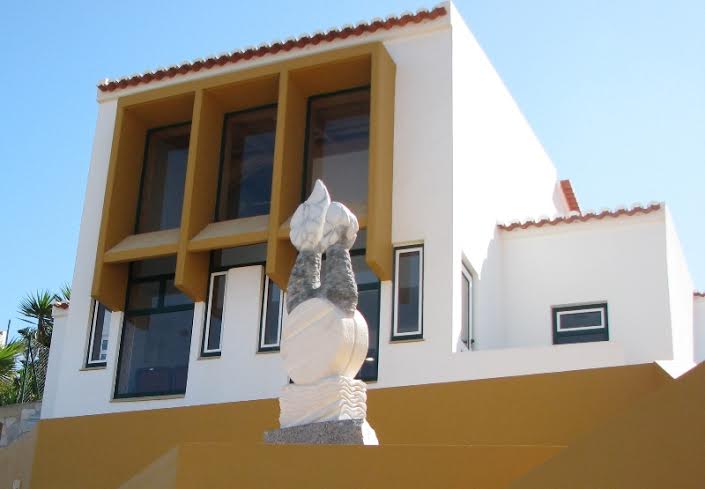
Museum of the Sea and Land Carrapateira – in the village of Carrapateira, this museum wants to convey the sea life and who it exists, as well as activities related to land, through audiovisual and representation of objects and utensils used in daily deal these traditional activities.



